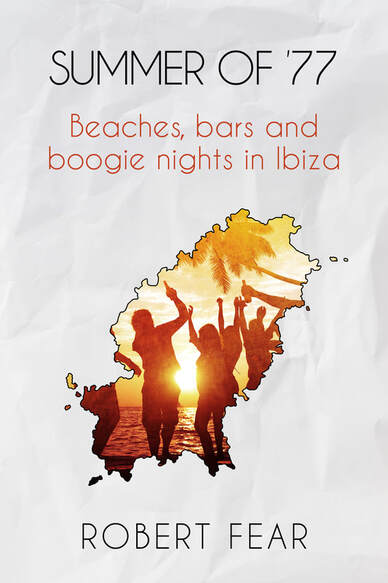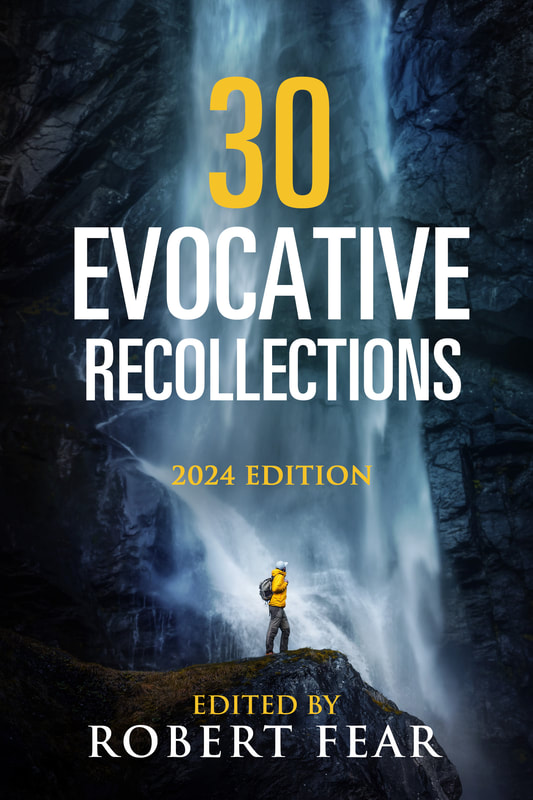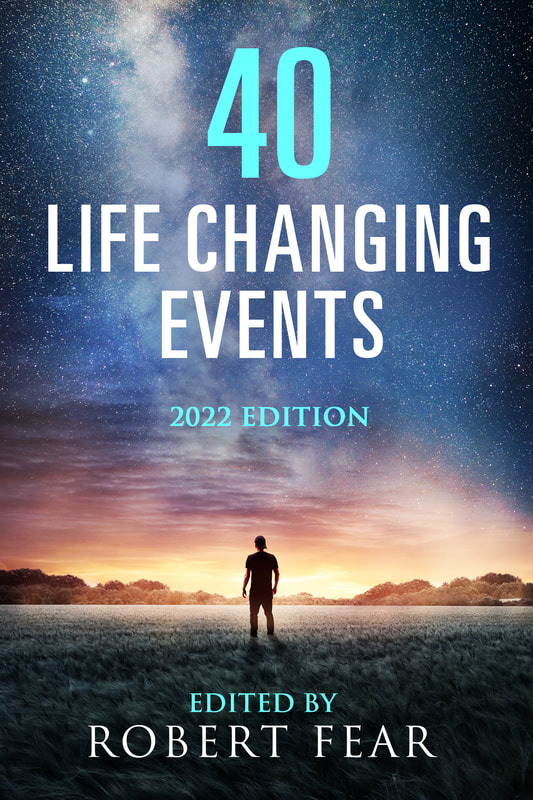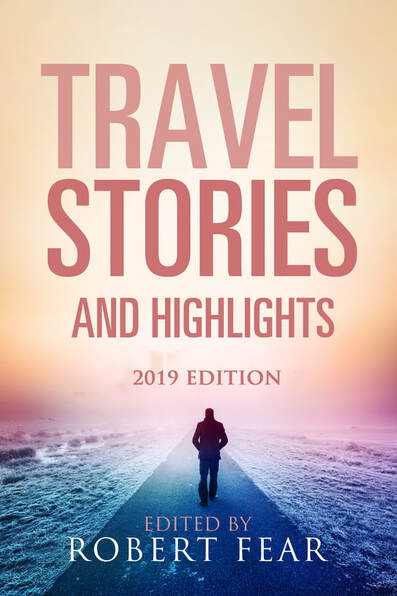Big Island Hawaii – Beauty off the Charts by Delores E. Topliff
Visiting the Big Island for the first time, my sister and I found it was the little-known and unexpected places that most built wonderful memories. The Big Island provides far more beautiful destinations than appear on any chart.
Many tourists say that the Hawaiian Islands lack adequately maps and highway signs. We considered moving there for a profitable trade in manufacturing and selling them. But the lack of detailed maps makes visitors drive slowly with windows open to tropical winds, craning necks to see it all and miss nothing. It means stopping to ask people, “Is this the way to the painted church? Or South End? Or Green Sand Beach?” Locals answer but also share their own favorite destinations. We met individuals and discovered unforgettable sites we would have missed otherwise.
In Kohala, opposite King Kamehameha’s statue, the gifted ruler uniting Hawaii’s islands, we bought beverages while the storekeeper described two scenic roads we would have missed. One led to the Pololu Valley lookout, now my favorite view. He also suggested, “Instead of retracing the main road to Kona, try Highway 250 up over the top to Waimea—Hawaiian cowboy country.”
He said, “Head east on the road between a gas station and house.” We saw no highway sign but needed gas so asked. Climbing the twisting two-lane route, we found rising green hills with fields edged by tall lanes of fragrant eucalyptus trees. One road branch leads to Mt. Mauna Kea’s 13,796-foot peak and NASA observatory, while the other ends in Waimea where stop signs read “Whoa,” not “Stop.” Here sprawling Parker Ranch started in 1847, and today Kahua and many other cattle and sheep ranches prosper with cattle. That drive is unforgettable. We stopped so often for pictures, my mind easily revisits those scenes.
Photo brochures advertise Volcanoes National Park well. Its lush tropical rain forest includes gorgeous yellow but seriously runaway Himalayan ginger plants introduced by a misguided park superintendent’s wife, plants so out of control, they require major conservation efforts. But the biggest takeaway is Mt. Kilauea’s red glowing nighttime eruptions leaving husked crowds so awestruck, the only sound is clicking cameras.
The Big Island has miles of rugged volcanic coastlines offering sparkling blue ocean for surfing, swimming, or snorkeling, where neon-colored fish, sea turtles, and other creatures rule the waves and beaches. One must-see is King Kamehameha's sacred city of refuge. We thought our map called it Two-Step, a recommended snorkeling spot named for its two rock steps for perfect water entry. That place adjoins the Refuge, so we had found the sacred city without realizing it. We found outstanding snorkeling there, but people must avoid protected sea turtles. However, two swam straight for us, and we had to stroke wildly as they made no effort to avoid us.
We liked back lanes better than major roads, and our map showed two back roads that should lead to Two-Step. We followed those to enjoy more scenery. Passing impressive gated mansions, we soon reached an unpaved bumpy track bordering undeveloped land—empty, except for small brown creature darting across the road. “Mongeese,” I shrieked, eager to see those ever since reading Rudyard Kipling’s Rikki-Tikki-Tavi story of this red-eyed bottle-brushy tailed heroes.
Here, the road ended, and mongeese seemed king. We saw so many fast-moving creatures, I got great pictures of them popping up between hedges and rocks. Native to India, they were imported to Hawaii to control rats in sugar cane fields—except mongeese are daytime creatures and rats nocturnal, so instead of controlling the rat population, they’ve adversely affected native birds and other small animals, as they have no natural predator of their own.
We spotted a family-owned kayak rental on Kealakekua Bay near the Captain Cook monument, so stopped to ask directions to The Refuge. Kevin, the smiling proprietor, waved us back toward the unpaved track we’d travelled. “Follow that narrow part past two paved roads until it becomes two lanes and you’re there.” We did that twice, ending up in different spots each time, but loved what we saw as we explored local haunts. The next day, we stopped and asked him the same question again. Recognizing us, he raised his eyebrows and laughed. We found Two-Step this time, realizing that what Kevin called paved roads didn’t fit match our definition. But his friendliness, with his little nephew riding his shoulder, stayed with us. I have his card and tease I might phone him, saying, “Kevin. It’s us. Where’s Two-Step again?” His answer would convey Hawaiian Hau'oli, happiness, and I’d reply, Mahalo, thank you.
Before our trip, I researched and found monthly events not on common tourist lists. We loved the annual breadfruit festival, the ukulele exhibition, and more. East of Kona is a twenty-mile stretch of cool volcanic uplands between 1,000 and 1,400 feet, where fabulous coffee grows, and most farms offer taste-testing.
We couldn’t decide which tropical garden to visit until, in Hilo, a couple in a McDonald’s raved about the Hawaii Tropical Botanical Garden, a valley on the ocean—and told us their favorite scenic back road route to get there. We found a fabulous destination overflowing with bright flowers of all kinds, including prizewinning orchids, and amazing colorful singing birds flying above the white-crested green waves and pounding surf.
During our ten-days, we began caring about the Big Island as if it were home, its rugged beaches and lava fields, its variety of animals, birds and plants—even the runaway Himalayan ginger flowers.
Anyone visiting, says Ohana on leaving, and feels it in their heart. Ohana means extended family, whether blood-related, adoptive. or intentional. By the time we left, my sister and I knew we were leaving newly-found family. We again spoke of a start-up business making detailed maps and highway signs but decided the Big Island is perfect as it is. If we visit again, we’ll explore the same way. After all, personal contacts are a huge part of this location’s charm.











